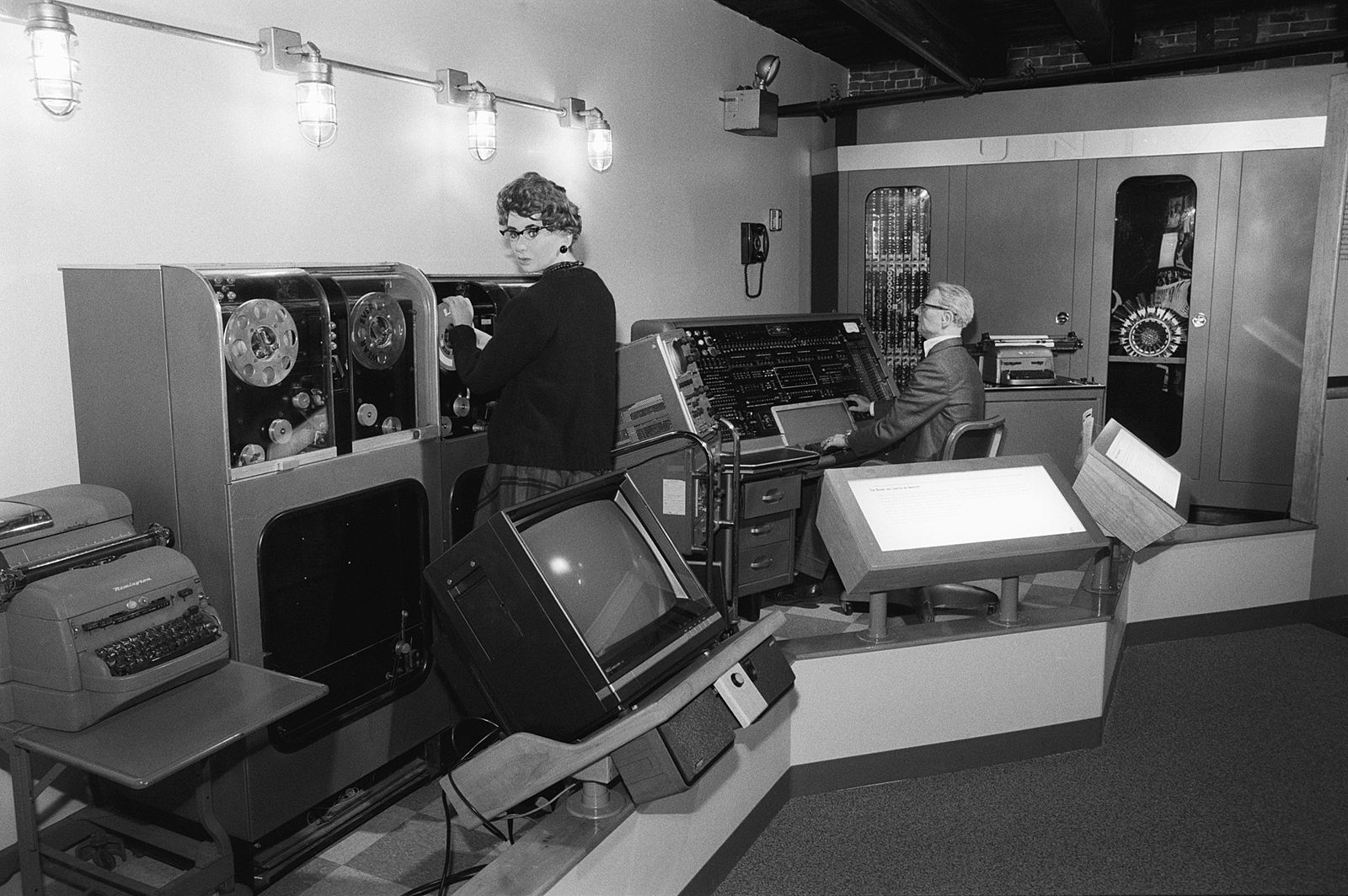Can machines think? AI is the ability to perform tasks with human intelligence such as learning and problem solving with computers and machines. IBM mentions: “Its natural language and its vast knowledge base allows it to answer complex questions quickly and accurately.” AI has made huge advancements over many years of trial and error. The first AI ever created was in 1955 and was made to solve problems and solve mathematical problems. But those versions of AI’s lacked real world understanding and couldn’t learn from experience. Then humans developed an AI that beat the world chess champion which was a huge milestone.
IBM mentions: “Artificial intelligence is based on the assumption that the process of human thought can be mechanized.” AI is used all over the world today from the voice assistant on your phone to recommending the feed on social media platforms. AI is also used in the medical field for speeding up the process to find new cures, warn about potential risks before surgeries and can also monitor patients. AI is also used for transportation like self-driving cars that Tesla was testing during the mid 2000s. It is used in education for example self tutors is very helpful especially in college. Another one is for grading; teachers are starting to use AI for grading instead of traditional grading which can be very stressful.
AI in the future will better replicate what humans do everyday, and help us with our everyday tasks. It will become more natural to talk to and can maybe even be personalized in the future. AI will also get better at understanding emotions and how to handle them. AI will also become more trustworthy and more understandable. Safety will also be improved over time so you don’t have to worry about any information getting leaked. Overall AI will get better and better but we cant never really know what exactly will happen or how it will get manipulated.
Sources
“Computer Power and Human Reason.” Wikipedia, Wikimedia Foundation, https://en.wikipedia.org/wiki/Computer_Power_and_Human_Reason. Accessed 16 May 2025.
“History of Artificial Intelligence.” IBM, https://www.ibm.com/think/topics/history-of-artificial-intelligence. Accessed 16 May 2025.
FayFoto. Univac I Vignette in the Milestones of a Revolution Exhibit, The Computer Museum, Boston 1991. 1991. Wikimedia Commons, https://commons.wikimedia.org/wiki/File:Univac_I_vignette_in_the_Milestones_of_a_Revolution_Exhibit,_The_Computer_Museum,_Boston_1991.jpg.




